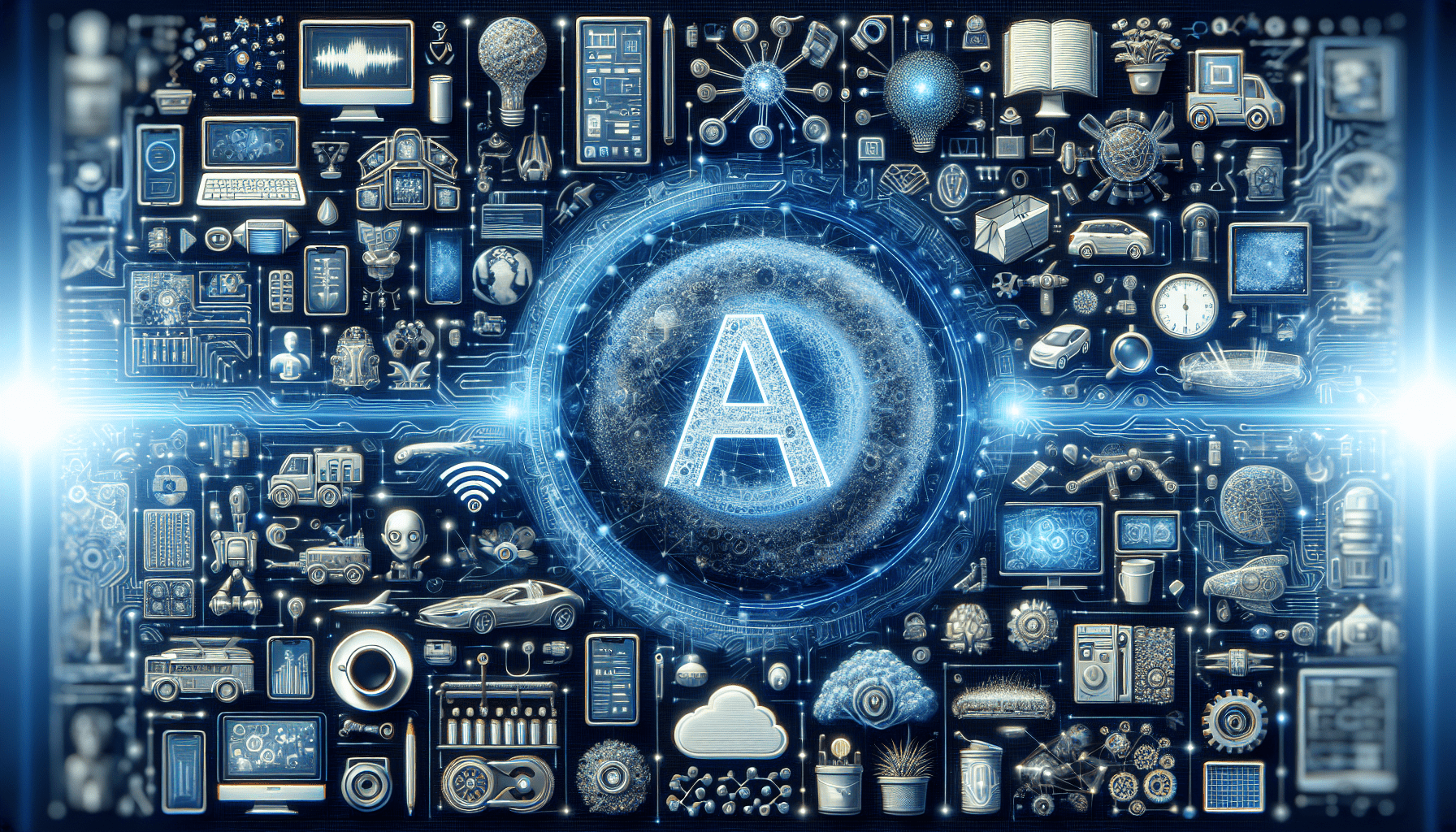Artificial Intelligence (AI) has become an integral part of our lives, revolutionizing various industries in unimaginable ways. It powers everything from voice assistants to self-driving cars and even helps us make personalized recommendations on our favorite streaming platforms. But amidst this vast landscape of AI technologies, there is one that stands out as the most widely used – machine learning. Through its ability to learn from data and improve over time, machine learning has become the backbone of numerous applications, making it a pivotal force in shaping the future of AI.
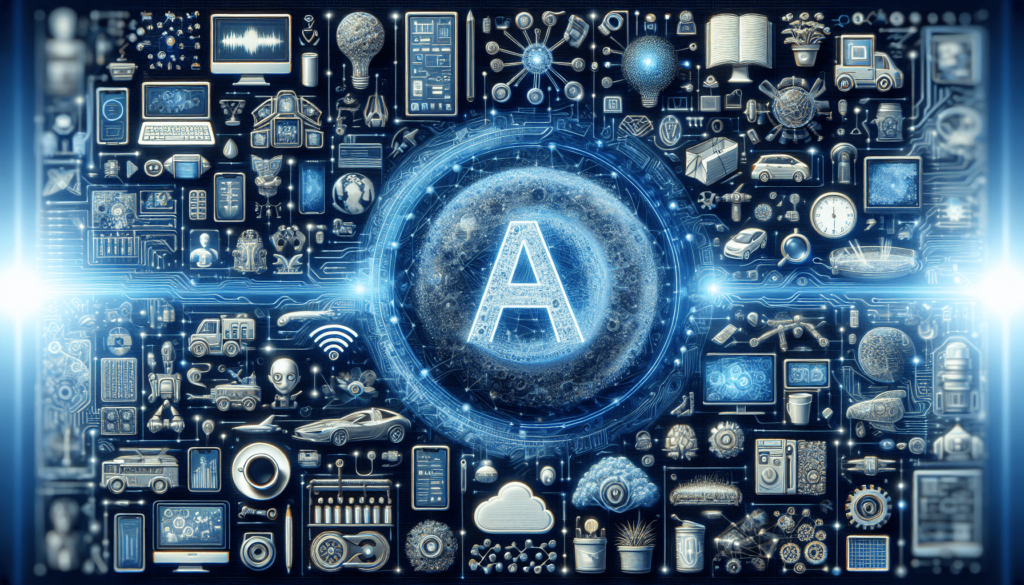
Natural Language Processing (NLP)
Overview of NLP
Natural Language Processing (NLP) is a branch of artificial intelligence (AI) that focuses on enabling machines to understand and interpret human language. It involves the interaction between computers and human languages, enabling computers to comprehend, analyze, and respond to human language data. NLP involves various components, including syntactic and semantic analysis, named entity recognition, language generation, and sentiment analysis. By leveraging NLP techniques, machines can process and analyze vast amounts of text data, extracting valuable insights and enabling a wide range of applications.
Applications of NLP
NLP has become an integral part of many everyday applications, transforming how we interact with technology. Some popular applications of NLP include:
-
Sentiment Analysis: NLP can be used to analyze and understand the sentiment behind social media posts, customer reviews, or feedback. This allows businesses to gain insights into customer opinions and make data-driven decisions.
-
Language Translation: NLP plays a crucial role in building language translation systems. These systems can translate text or speech from one language to another, facilitating communication and breaking down language barriers.
-
Virtual Assistants: NLP powers virtual assistants like Siri, Alexa, or Google Assistant, enabling them to understand and respond to human voice commands. These virtual assistants can perform tasks, answer questions, and assist users in various aspects of their daily lives.
-
Text Summarization: NLP techniques are used to automatically summarize long documents or articles, providing users with concise and informative summaries. This is particularly useful in fields such as news aggregation, research, and content curation.
-
Customer Support Chatbots: NLP algorithms enable chatbots to understand and respond to customer queries in a conversational manner. They can provide instant support, answer frequently asked questions, and escalate complex issues to human agents when required.
Popular NLP platforms
Several popular NLP platforms have emerged, offering developers powerful tools and libraries to build NLP applications:
-
Natural Language Toolkit (NLTK): NLTK is one of the most widely used platforms for NLP. It provides a comprehensive suite of libraries and tools for tasks such as tokenization, part-of-speech tagging, named entity recognition, and sentiment analysis.
-
spaCy: spaCy is a modern NLP library that emphasizes efficiency and ease of use. It offers robust capabilities for various NLP tasks, including advanced linguistic annotations, entity recognition, and dependency parsing.
-
Stanford NLP: Developed by Stanford University, Stanford NLP provides a suite of NLP tools that cover a wide range of tasks. It includes packages such as CoreNLP, which offers advanced text analysis features, and models trained on large corpora.
-
Hugging Face Transformers: Hugging Face provides a comprehensive set of state-of-the-art pre-trained models and libraries for NLP tasks. The Transformers library allows developers to easily utilize pre-trained models for tasks such as text classification, question answering, and text generation.
Machine Learning
Introduction to Machine Learning
Machine Learning is a subset of AI that focuses on enabling machines to learn from data and improve their performance without being explicitly programmed. It involves the development of algorithms and models that can analyze and identify patterns in data, allowing machines to make predictions, classify information, or gain insights. Machine Learning algorithms can be broadly categorized into supervised learning, unsupervised learning, and reinforcement learning.
Supervised Learning
Supervised Learning is a type of Machine Learning where the model learns from labeled data. Labeled data consists of input examples along with their corresponding output or target values. During training, the model tries to find patterns and relationships between the input and output variables, enabling it to make accurate predictions on unseen data. Examples of supervised learning algorithms include linear regression, decision trees, support vector machines, and neural networks.
Unsupervised Learning
Unsupervised Learning, unlike supervised learning, works with unlabeled data. The model is tasked with finding inherent patterns or structures within the data without any guidance of what the output should be. Common unsupervised learning algorithms include cluster analysis, dimensionality reduction, and association rule mining. Unsupervised learning is often used to uncover hidden patterns, identify anomalies, or group similar data points together.
Applications of Machine Learning
Machine Learning has numerous applications across various domains. Some notable applications include:
-
Image and Object Recognition: Machine Learning algorithms are used to train models that can recognize and classify objects within images. This enables applications such as facial recognition, object detection, and autonomous navigation systems.
-
Fraud Detection: Machine Learning models can analyze large volumes of transactional data in real-time to identify patterns, anomalies, and potential fraudulent activities. This helps financial institutions in preventing fraud and protecting their customers.
-
Personalized Recommendations: Machine Learning has revolutionized the way recommendations are generated. By analyzing user behavior and preferences, recommendation systems can provide personalized movie recommendations, shopping suggestions, or content recommendations on streaming platforms.
-
Natural Language Processing: Machine Learning techniques are heavily used in the field of NLP to build systems that can understand, generate, and translate human language. This includes tasks such as sentiment analysis, language translation, chatbots, and voice assistants.
Computer Vision
Definition of Computer Vision
Computer Vision refers to the field of AI that focuses on enabling computers to gain a high-level understanding of digital images or videos. It involves the development of algorithms and models that can analyze, interpret, and derive meaningful information from visual data. Computer Vision encompasses tasks such as image recognition, object detection, image segmentation, and image generation.
Applications of Computer Vision
Computer Vision has enormous potential and is used in various applications and industries. Some popular applications include:
-
Autonomous Vehicles: Computer Vision plays a crucial role in self-driving cars. It enables the vehicle to perceive the surrounding environment, detect objects, and make real-time decisions for safe navigation.
-
Healthcare: Computer Vision is widely used in medical imaging for tasks such as tumor detection, disease diagnosis, and analysis of medical scans. It helps in improving the accuracy and efficiency of diagnosis and treatment.
-
Security and Surveillance: Computer Vision systems are extensively used in security cameras and surveillance systems to detect and track suspicious activities, identify individuals, and ensure public safety.
-
Augmented Reality (AR): Computer Vision is the underlying technology behind AR applications. It enables the overlay of virtual objects onto the real-world environment, enhancing user experiences in fields such as gaming, interior design, and education.
Popular Computer Vision frameworks
Several popular frameworks and libraries have been developed to facilitate the development of computer vision applications:
-
OpenCV: OpenCV (Open Source Computer Vision Library) is a widely used computer vision library that offers a comprehensive set of functions and algorithms for image and video processing. It has extensive support for various programming languages, making it accessible for developers across different platforms.
-
TensorFlow: TensorFlow, developed by Google, is a versatile deep learning framework that includes modules for computer vision tasks. It provides pre-trained models, APIs, and tools for tasks like image classification, object detection, and image segmentation.
-
PyTorch: PyTorch is another popular deep learning framework known for its simplicity and flexibility. It offers various pre-trained models and tools for computer vision tasks and is widely adopted by researchers and developers in the AI community.
-
Caffe: Caffe is a deep learning framework that is particularly efficient in processing images and videos. It includes a rich library of pre-trained models and allows for easy deployment on different platforms.
Speech Recognition
Understanding Speech Recognition
Speech Recognition is a technology that enables computers to convert spoken language into written text. It involves the development of algorithms and models that can analyze and interpret audio data, converting it into a textual representation. Speech recognition systems have significantly improved over the years, thanks to advancements in machine learning and deep learning techniques.
Speech Recognition Applications
Speech Recognition has transformed the way we interact with technology and has found applications in various domains. Some notable applications include:
-
Voice Assistants: Speech Recognition technology is at the core of popular voice assistants like Siri, Alexa, and Google Assistant. These virtual assistants can understand and respond to voice commands, performing tasks such as setting reminders, answering queries, or playing music.
-
Transcription Services: Speech Recognition enables automated transcription services, which can transcribe audio recordings into written text. This is helpful in fields such as journalism, research, and legal proceedings, where large amounts of audio need to be converted into text.
-
Call Centers and Customer Support: Speech Recognition systems are used in call centers to automatically transcribe and analyze customer interactions. This helps in monitoring customer satisfaction, identifying areas for improvement, and providing real-time assistance.
-
Accessibility: Speech Recognition technology plays a vital role in enabling accessibility for individuals with disabilities. It allows people with limited mobility or visual impairments to interact with computers and mobile devices through voice commands.
Leading Speech Recognition systems
Several leading companies have developed advanced speech recognition systems:
-
Google Cloud Speech-to-Text: Google’s Cloud Speech-to-Text API offers accurate and reliable speech recognition capabilities. It supports multiple languages, real-time streaming, and offers customization options to adapt the recognition system to specific domains or vocabularies.
-
Microsoft Azure Speech Services: Microsoft’s Azure Speech Services provide speech-to-text and text-to-speech capabilities. It offers high-quality speech recognition with support for custom language models, speaker recognition, and real-time streaming.
-
Amazon Transcribe: Amazon Transcribe is a cloud-based automatic speech recognition service by Amazon Web Services (AWS). It can convert speech into written text, supporting various audio formats and offering customizable vocabularies for domain-specific speech recognition.
-
IBM Watson Speech to Text: IBM Watson’s Speech to Text service provides robust speech recognition capabilities. It supports multiple languages, customizable vocabularies, and accents, making it suitable for a wide range of applications, including call centers and transcription services.
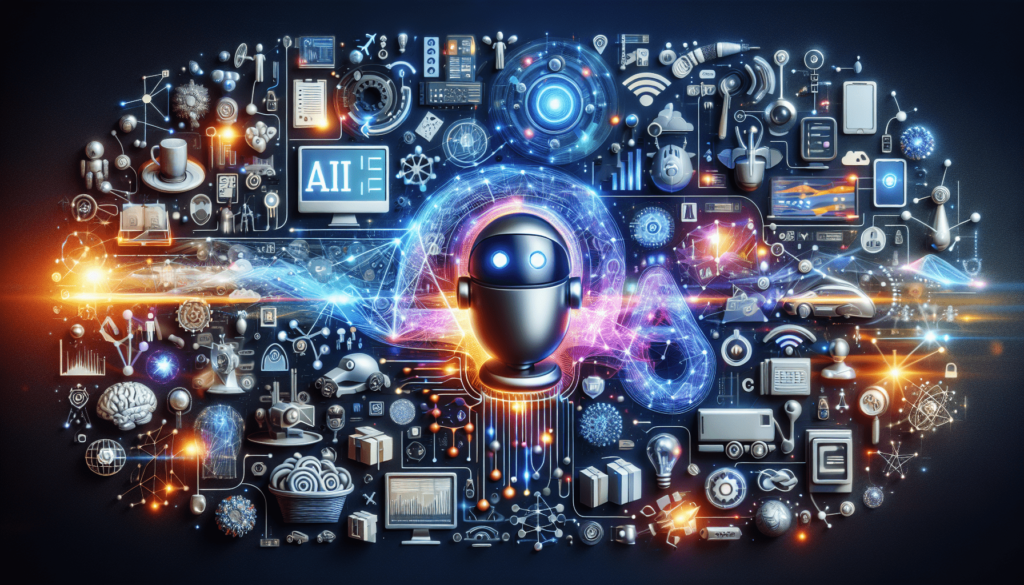
Virtual Assistants
Overview of Virtual Assistants
Virtual Assistants are AI-powered software programs designed to provide assistance and perform tasks based on user input or commands. These assistants utilize natural language processing and speech recognition technologies to understand and respond to user queries or commands. Virtual Assistants have gained popularity with the development of smart speakers, smartphones, and other smart devices that integrate such AI capabilities.
Virtual Assistant Examples
There are several examples of virtual assistants that have become widely known and used:
-
Siri: Developed by Apple, Siri is a virtual assistant that is integrated into Apple’s devices. It can perform tasks such as setting reminders, making calls, sending messages, and providing information based on voice commands or text input.
-
Google Assistant: Google Assistant is available on a wide range of devices, including smartphones, Google Home speakers, and smart displays. It can assist users with tasks such as answering questions, setting alarms, playing music, controlling smart home devices, and providing personalized recommendations.
-
Amazon Alexa: Alexa is the virtual assistant behind Amazon’s Echo smart speakers and other Alexa-enabled devices. It can perform various tasks, including answering questions, playing music, controlling smart home devices, and even ordering products from Amazon.
-
Microsoft Cortana: Cortana is Microsoft’s virtual assistant found on Windows devices, as well as the Microsoft Launcher app on Android. It can manage calendars, set reminders, provide weather updates, and perform searches, among other tasks.
Prominent Virtual Assistant providers
Leading companies have developed virtual assistants and platforms that offer AI-powered assistance:
-
Apple Siri: Siri, developed by Apple, is built into Apple devices, including iPhones, iPads, Macs, and HomePod speakers. It integrates with various apps and services to provide personalized assistance and perform a wide range of tasks.
-
Google Assistant: Google Assistant is available on both Android and iOS devices, as well as on Google Home smart speakers and smart displays. It leverages Google’s vast knowledge graph and services to provide comprehensive assistance and integration with various apps.
-
Amazon Alexa: Alexa, developed by Amazon, powers a range of Echo smart speakers, as well as third-party devices. It offers a wide selection of skills and can control smart home devices, order products, and provide information and entertainment.
-
Microsoft Cortana: Cortana is Microsoft’s virtual assistant, available on Windows devices and other platforms. It provides assistance across various devices, integrates with Microsoft services, and can connect with apps and smart home devices.
Robotics
Robotics in AI
Robotics is a field that focuses on the design, development, and use of robots to perform various tasks. In the context of AI, robotics involves the integration of artificial intelligence techniques to enable robots to perceive, reason, and act in their environment. AI-powered robots utilize sensors and algorithms to interact with the world, make intelligent decisions, and perform complex tasks autonomously.
Applications of AI in Robotics
AI has revolutionized the capabilities of robots, enabling them to perform tasks in various domains. Some notable applications include:
-
Manufacturing and Industrial Automation: AI-powered robots are extensively used in manufacturing and industrial settings to perform repetitive tasks, handle materials, and assist in assembly processes. This improves efficiency, precision, and safety in manufacturing operations.
-
Healthcare and Rehabilitation: Robots equipped with AI capabilities are utilized in healthcare settings for tasks such as surgery assistance, patient care, and rehabilitation. They can assist healthcare professionals, improve accuracy, and provide support in physically demanding tasks.
-
Agriculture and Farming: Autonomous robots with AI capabilities are used in agriculture for tasks such as planting, harvesting, and monitoring crops. These robots can optimize resource usage, increase yield, and reduce the need for manual labor.
-
Search and Rescue: AI-powered robots play a crucial role in search and rescue operations. They can navigate through complex environments, detect survivors, and gather critical information in hazardous situations.
Notable Robotics companies
Several companies have made significant contributions to the field of robotics and AI:
-
Boston Dynamics: Boston Dynamics is known for developing advanced humanoid and quadruped robots capable of dynamic movements. Their robots, such as Spot and Atlas, showcase impressive agility and have applications in areas like research, automation, and inspection.
-
ABB Robotics: ABB Robotics is a leading provider of industrial robots and automation solutions. Their robots are used in manufacturing, automotive, and other industries, offering increased productivity and efficiency.
-
Universal Robots: Universal Robots specializes in collaborative robots, also known as cobots. These robots can work alongside humans in a shared workspace, enhancing productivity and safety in various industries.
-
SoftBank Robotics: SoftBank Robotics is known for their humanoid robot, Pepper, which is designed to interact with humans. Pepper is used in various settings, including retail, hospitality, and education, providing assistance and engaging with people.
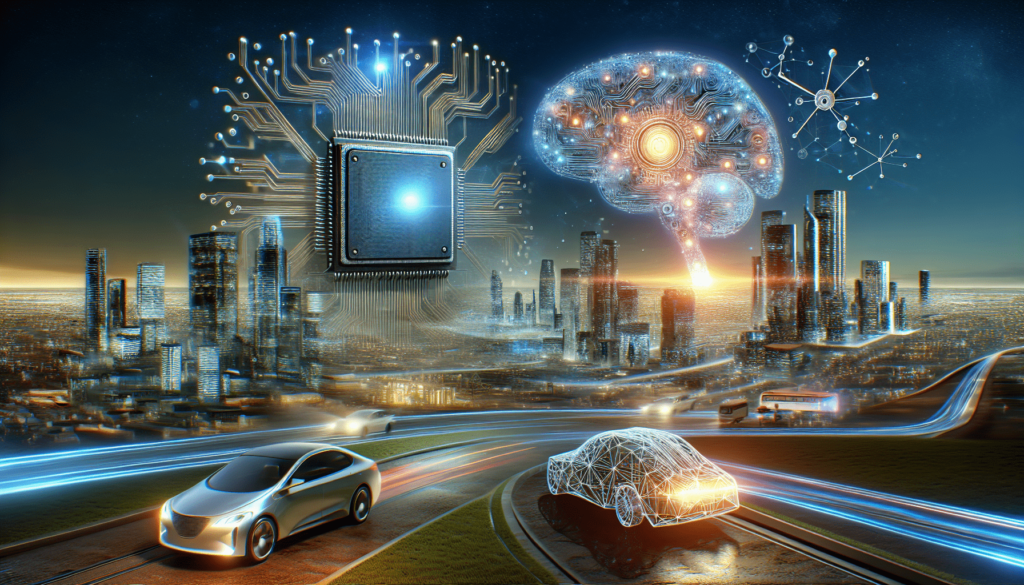
Recommendation Systems
Introduction to Recommendation Systems
Recommendation Systems are AI algorithms that provide personalized suggestions or recommendations to users based on their preferences, behavior, or historical data. These systems aim to filter and present relevant items, products, or content to users, thereby improving user experience and engagement. Recommendation systems can be implemented using various techniques, including collaborative filtering, content-based filtering, and hybrid approaches.
Types of Recommendation Systems
There are several types of recommendation systems commonly used:
-
Collaborative Filtering: Collaborative filtering is based on the idea that users with similar preferences in the past are likely to have similar preferences in the future. It analyzes user behavior and recommends items that have been liked or rated highly by users with similar tastes.
-
Content-Based Filtering: Content-based filtering recommends items to users based on their past preferences or profiles. It analyzes the characteristics or attributes of items and recommends similar items that match the user’s preferences.
-
Hybrid Recommendation Systems: Hybrid recommendation systems combine multiple techniques, such as collaborative filtering and content-based filtering, to provide more accurate and diverse recommendations. These systems leverage the strengths of different approaches to improve recommendation quality.
Use cases of Recommendation Systems
Recommendation systems have widespread applications across various industries. Some common use cases include:
-
E-commerce: Recommendation systems power personalized product recommendations on e-commerce platforms. By analyzing user browsing history, purchase behavior, and demographics, these systems suggest relevant products, increasing customer engagement and sales.
-
Streaming Services: Recommendation systems are used by streaming platforms such as Netflix and Spotify to recommend movies, TV shows, or songs based on a user’s viewing or listening history. This enhances user satisfaction and drives content discovery.
-
News Aggregation: Recommendation systems in news aggregation platforms analyze user interests, reading patterns, and historical data to provide personalized news recommendations. This helps users discover relevant news articles and keeps them engaged with the platform.
-
Social Media: Recommendation systems are employed by social media platforms to suggest connections, friends, or pages to users based on their social network, interests, or behaviors. This helps users discover new content and build meaningful connections.
Autonomous Vehicles
Overview of Autonomous Vehicles
Autonomous Vehicles, also known as self-driving cars or driverless cars, are vehicles equipped with AI systems that can navigate, perceive their environment, and make decisions without human intervention. These vehicles utilize a combination of sensors, cameras, GPS, and AI algorithms to analyze and interpret their surroundings, enabling them to drive safely and efficiently.
Advancements in Autonomous Vehicles
Autonomous vehicle technology has seen significant advancements in recent years, driven by advancements in AI, robotics, and sensor technologies. Some notable advancements include:
-
Sensor Technology: Autonomous vehicles rely on various sensors, including cameras, radars, lidars, and ultrasonic sensors, to perceive their environment. These sensors capture real-time data, allowing the vehicle to detect objects, navigate, and make informed decisions.
-
Deep Learning and Computer Vision: Deep learning techniques, combined with computer vision, have greatly improved the ability of autonomous vehicles to recognize and interpret objects, traffic signs, and road conditions. Deep neural networks can be trained to identify and classify objects in real-time, enhancing the vehicle’s perception capabilities.
-
Mapping and Localization: High-definition mapping and precise localization technologies are critical for autonomous vehicles. Advanced mapping systems provide detailed information about the road network, lane markings, and traffic signs, enabling accurate navigation and route planning.
-
Vehicle-to-Vehicle Communication: Autonomous vehicles can communicate with each other and share real-time information about road conditions, traffic, and obstacles. This allows for improved safety and coordination on the road, as vehicles can anticipate and react to potential hazards.
Leading Autonomous Vehicle companies
Several companies are leading the development of autonomous vehicle technology:
-
Waymo: Waymo, a subsidiary of Alphabet Inc. (Google’s parent company), is considered one of the leaders in autonomous vehicle technology. Waymo has developed a comprehensive self-driving system and has conducted extensive testing on public roads.
-
Tesla: Tesla, led by Elon Musk, has made significant progress in autonomous driving. Tesla vehicles come equipped with Autopilot, an advanced driver-assistance system that utilizes AI and sensors for autonomous features such as lane-keeping, adaptive cruise control, and parking assistance.
-
Cruise: Cruise, now majority-owned by General Motors, is developing self-driving technology for ride-hailing services. They have conducted extensive testing in dense urban environments like San Francisco and are working towards widespread deployment of their autonomous vehicles.
-
Argo AI: Argo AI is an autonomous vehicle technology company that is heavily invested in by Ford. They are developing self-driving systems and collaborating with automotive manufacturers to deploy autonomous vehicles in the near future.
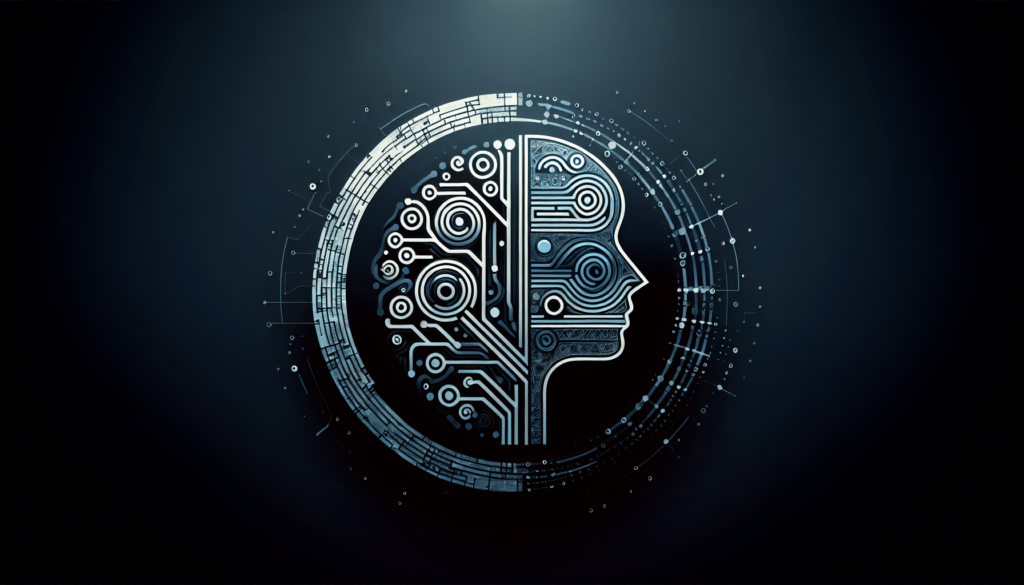
Deep Learning
Understanding Deep Learning
Deep Learning is a subset of machine learning that focuses on training artificial neural networks with multiple layers, known as deep neural networks, to learn and extract patterns from complex data. Deep learning models are designed to automatically learn hierarchical representations of data, enabling them to capture intricate relationships and make accurate predictions or classifications. Deep learning has led to significant breakthroughs in various areas, including computer vision, natural language processing, and speech recognition.
Deep Learning Applications
Deep Learning has found applications in numerous domains, transforming various industries. Some notable applications include:
-
Image Recognition: Deep learning models have achieved remarkable performance in image recognition tasks, outperforming traditional computer vision approaches. Deep neural networks can identify and classify objects within images, enabling applications such as facial recognition, object detection, and autonomous driving.
-
Natural Language Processing: Deep learning has revolutionized the field of natural language processing (NLP). Deep neural networks can process, analyze, and understand human language, enabling tasks such as language translation, sentiment analysis, chatbots, and voice assistants.
-
Speech Recognition: Deep learning techniques, such as recurrent neural networks (RNNs) and convolutional neural networks (CNNs), have greatly improved the accuracy and reliability of speech recognition systems. Deep learning models can convert spoken language into written text, enabling applications like voice assistants, transcription services, and call center automation.
-
Generative Modeling: Deep learning has enabled the development of generative models, such as generative adversarial networks (GANs) and variational autoencoders (VAEs). These models can generate realistic images, music, or text, opening up new avenues in creative content generation and computer-aided design.
Notable Deep Learning frameworks
Several deep learning frameworks and libraries have emerged to facilitate the development and training of deep neural networks:
-
TensorFlow: TensorFlow, developed by Google, is a popular open-source deep learning framework. It provides a comprehensive ecosystem of tools, libraries, and APIs for building and deploying machine learning models, including deep neural networks. TensorFlow is known for its flexibility, scalability, and extensive community support.
-
PyTorch: PyTorch, developed by Facebook’s AI Research lab, is another widely adopted deep learning framework. It offers a user-friendly, dynamic computational graph, making it popular among researchers and developers. PyTorch provides a rich set of pre-trained models, tools, and APIs for efficient deep learning development.
-
Keras: Keras is a high-level deep learning library that runs on top of TensorFlow, Theano, or Microsoft Cognitive Toolkit (CNTK). It offers a simple and intuitive API for building and training deep neural networks, making it accessible to beginners and researchers alike. Keras prioritizes ease-of-use and supports rapid experimentation.
-
Caffe: Caffe is a deep learning framework that emphasizes speed and efficiency. It is particularly suitable for applications that require fast inference, such as image classification or object detection. Caffe includes a comprehensive library of pre-trained models, making it easy to get started with deep learning.
Chatbots
Definition of Chatbots
Chatbots, also known as conversational agents or virtual agents, are AI-powered software programs designed to simulate human-like conversations with users. They utilize natural language processing and machine learning techniques to understand and respond to user queries or commands, providing assistance or information in a conversational manner. Chatbots can be deployed on various platforms, including websites, messaging apps, and voice assistants.
Applications of Chatbots
Chatbots have gained popularity due to their ability to provide instant support and improve customer experiences. Some common applications include:
-
Customer Service: Chatbots are widely used in customer support and service applications. They can handle frequently asked questions, provide product information, guide users through troubleshooting steps, and escalate complex issues to human agents when necessary. Chatbots help in reducing wait times, improving response efficiency, and enhancing customer satisfaction.
-
E-commerce: Chatbots are integrated into e-commerce platforms to assist users with product recommendations, search queries, and order tracking. They can personalize product suggestions based on user preferences and previous interactions, improving conversion rates and overall user experience.
-
Virtual Assistants: Chatbots are often used as virtual assistants, providing personalized assistance and performing various tasks such as setting reminders, scheduling appointments, and answering general knowledge questions. They can be deployed on smartphones, smart speakers, or other devices to assist users in their daily lives.
-
Lead Generation and Sales: Chatbots can engage potential customers, qualify leads, and provide tailored product or service information during the sales process. They can initiate conversations, gather customer requirements, address queries, and guide users towards making informed purchasing decisions.
Popular Chatbot platforms
Several popular platforms and frameworks have made it easier to develop and deploy chatbots:
-
Dialogflow: Dialogflow, developed by Google, is a comprehensive platform for building conversational agents. It offers natural language understanding capabilities, an intuitive development interface, and integration with various messaging platforms. Dialogflow allows developers to create text-based or voice-based chatbots with minimal coding.
-
Microsoft Bot Framework: Microsoft Bot Framework is a platform that provides tools and services for building and deploying chatbots across multiple channels, including web, email, and messaging apps. It supports various programming languages, offers pre-built templates, and integrates with Microsoft Azure services.
-
Amazon Lex: Amazon Lex is a service provided by Amazon Web Services (AWS) that allows developers to build conversational interfaces. It leverages the same deep learning technology as Amazon Alexa to enable natural language understanding and speech recognition.
-
IBM Watson Assistant: IBM Watson Assistant is a chatbot platform that utilizes AI and natural language processing capabilities. It offers easy integration with various channels and systems and provides tools to design, train, and deploy chatbots efficiently.
In conclusion, AI technologies such as Natural Language Processing, Machine Learning, Computer Vision, Speech Recognition, Virtual Assistants, Robotics, Recommendation Systems, Autonomous Vehicles, Deep Learning, and Chatbots have significantly transformed various industries and everyday applications. These technologies continue to evolve and push the boundaries of what machines can achieve. As AI continues to advance, we can expect further innovation and integration of these technologies, shaping the future of technology and human-machine interaction.
